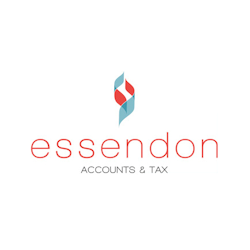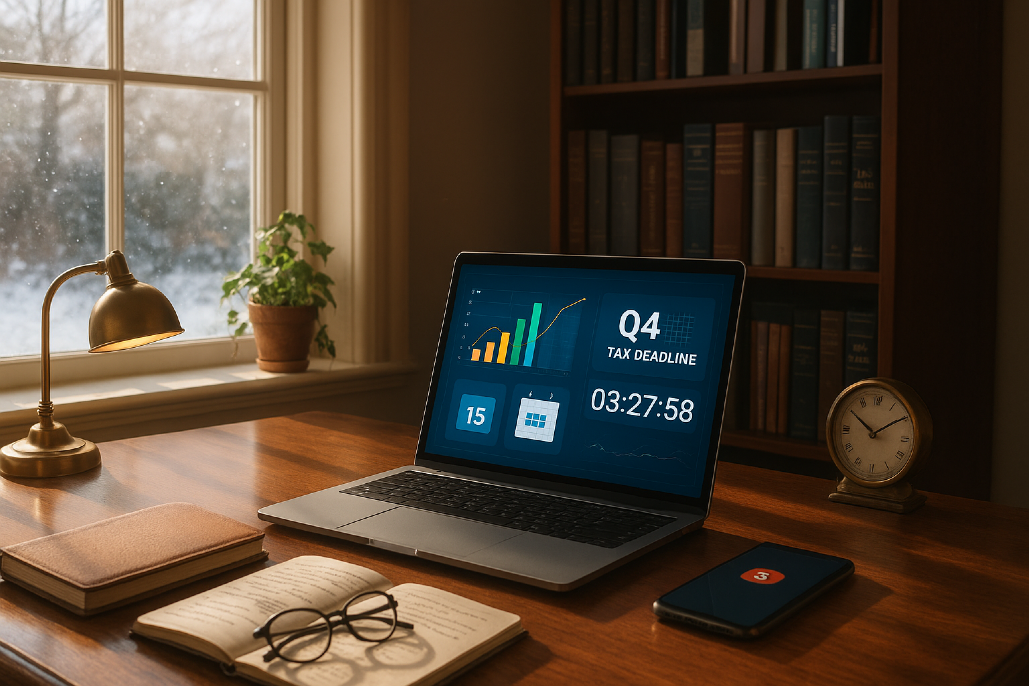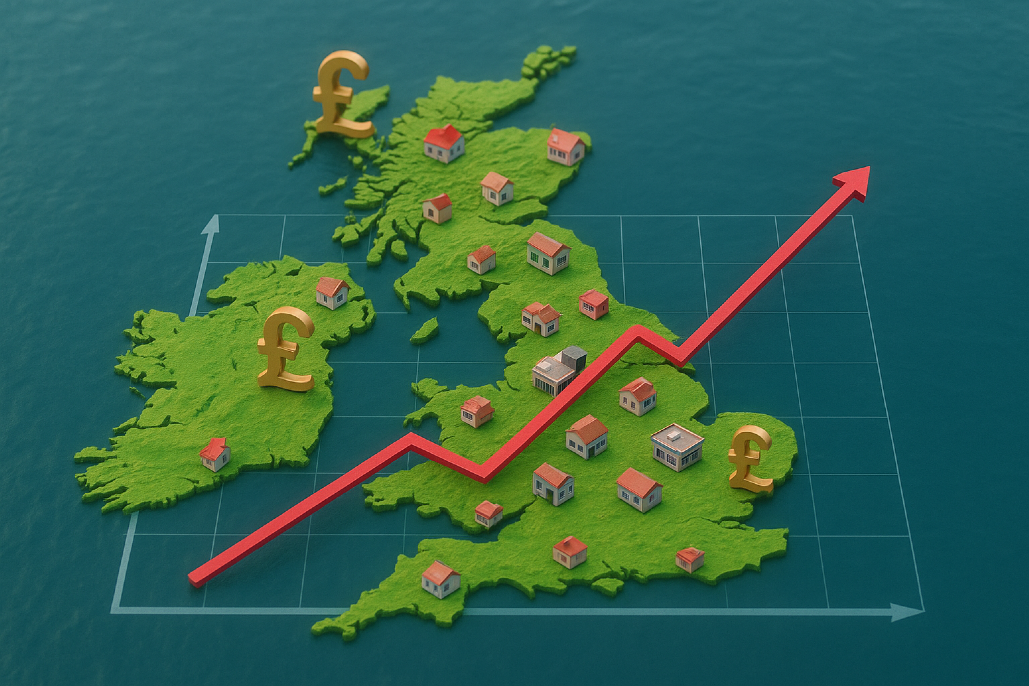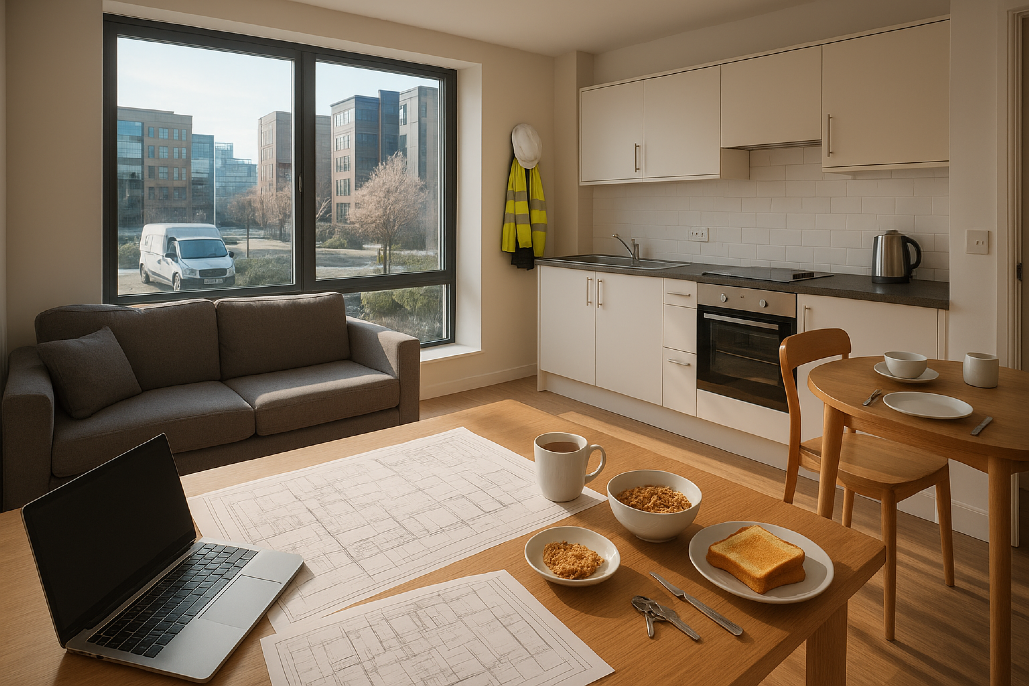HICBC: New process for paying the High Income Child Benefit Charge
The High Income Child Benefit Charge can now be paid via PAYE. No more self assessment just for HICBC, if eligible. Here's how the rules, thresholds and practical steps work ... High income child benefit charge, Families feeling the crunch, Sacrifice for all Many families are now inquiring about how the new PAYE route affects the High Income Child Benefit Charge, and the short answer is that it simplifies the process for many, eliminating the need for a tax return solely for this purpose. The basics remain unchanged!Child Benefit is paid to households with eligible children, and if either partner's adjusted net income crosses the income threshold, some or all of it is clawed back. For 2024/25 onwards, the taper starts at £60,000 and removes 1% of the award for each £200 over that level, tapering to nil by £80,000. The mechanics are simple in principle but easy to misjudge in practice, so it pays to track income and benefits across the year. What's new is HMRC's live online service that collects HICBC through PAYE. Previously, anyone who owed the charge had to enter self-assessment, even if all their income was taxed under PAYE, and any collection via coding out under £2,000 still hinged on filing a self-assessment. Now, PAYE taxpayers who only use self-assessment for HICBC can opt out and let HMRC adjust their code to collect the charge directly, aligning payment with salary deductions.To switch, the taxpayer must first deregister from self-assessment, because HMRC won't do this automatically. From the following day, the HICBC PAYE service should be available to use. HMRC plans to write to around 100,000 people who look liable but aren't in self-assessment, nudging them towards the service, which should remove a lot of friction. There is one timing wrinkle to consider!If someone needs to pay HICBC for both 2024/25 and 2025/26, two sets of charges may be included in a single year's PAYE code, depending on when they file for 2024/25 and when they activate PAYE collection. That could be in the 2025/26 or 2026/27 code. Planning ahead helps avoid surprises in take-home pay. Not everyone can leave self-assessment, of course. Individuals who file a tax return for other reasons must continue to do so, and they can still have HICBC coded where appropriate. The key point is to review why a return is filed and streamline only where it's clean and compliant to do so. Some households may prefer to stop receiving payments if the income threshold means the award will be fully clawed back. For example, where income exceeds £80,000 under the new regime. Opting out of child benefit can be done online, by form, by phone, or by post. Agents cannot act on a client's behalf!Even so, it usually makes sense to register for child benefit to secure Class 3 National Insurance credits for a non‑working partner and to trigger the child's NI number at age 16, while choosing to opt out of actual payments if that aligns with the family's situation. In short, this PAYE route brings the High Income Child Benefit Charge closer to real-time, reduces paperwork, and helps many avoid an unnecessary tax return, provided they keep an eye on their changing income and benefits throughout the year. Until next time ...
ROGER EDDOWES
| ||||||||||||||||||||||||||||||||||||||||||||||||||||||||||||||||||||||||||||||||||||||









 | Essendon Accounts & Tax Home of the Business Godparent ... |















